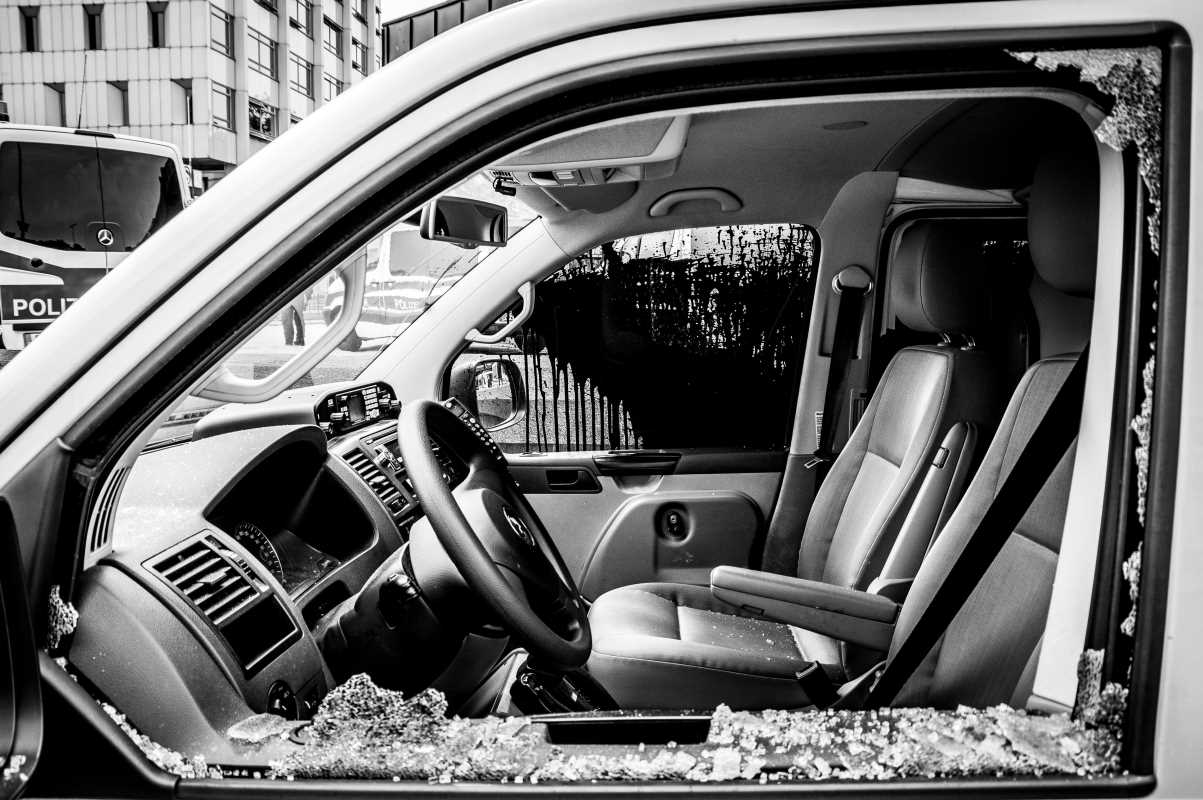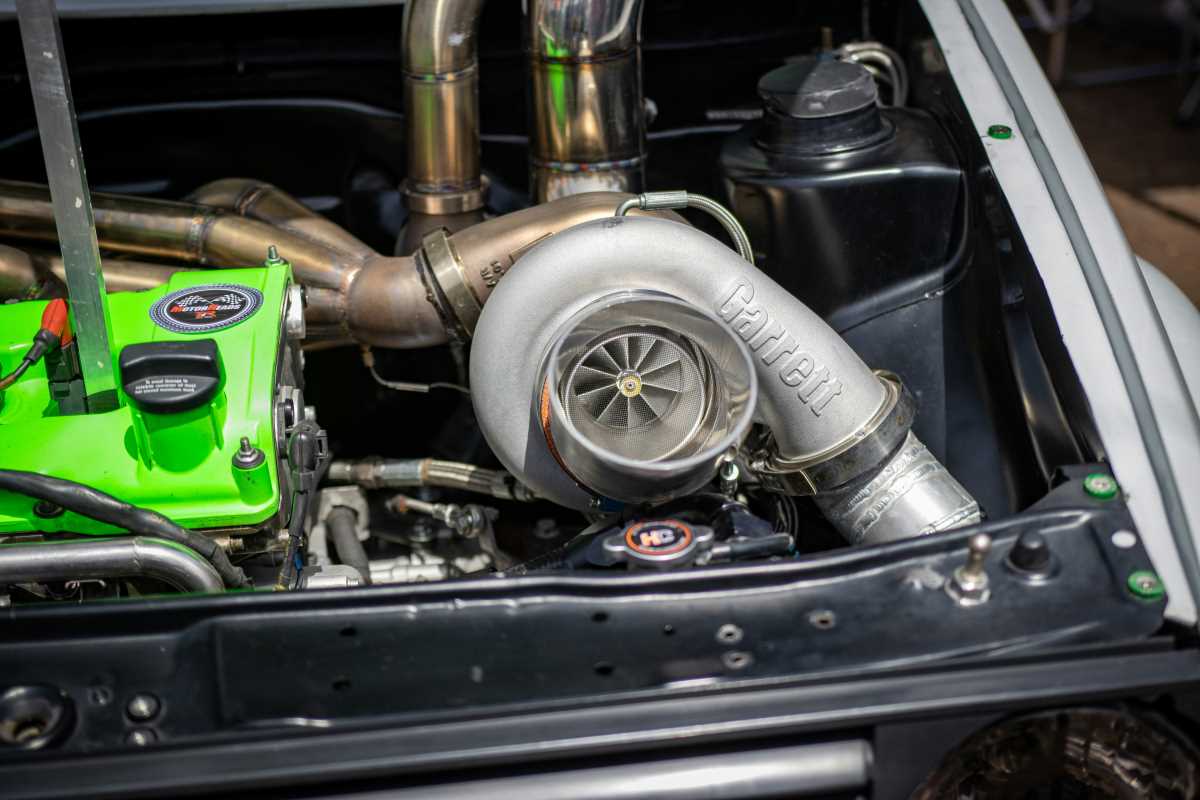Controlling a high-performance vehicle along winding highway routes brings excitement and a powerful sense of liberation. Drivers feel the rush as they navigate sharp turns and sweeping curves, unlocking the true capabilities of their machines. This guide offers straightforward advice for handling each challenge the road presents, breaking down techniques that improve both safety and enjoyment. Readers will find detailed explanations and real-life examples that highlight how skillful maneuvering and steady composure lead to memorable moments behind the wheel. Experience the thrill of every mile as you learn to command your vehicle with greater assurance and finesse.
Driving on challenging roadways not only tests the car's performance but also hones reflexes and decision-making skills. Embracing this journey means fine-tuning your techniques and understanding the intricate relationship between your vehicle’s dynamics and the road’s contours.
Know Your Sports Car
Your sports car is engineered with a maze of systems that work together to provide an exhilarating ride. Before trying advanced maneuvers, learn what makes your machine unique, from the engine prowess to the suspension settings that keep you agile on tough curves.
Below are some key points to consider regarding the structure and features of your car:
- Engine power and torque: Understand how your engine responds to throttle changes.
- Suspension setup: Grasp the role of suspension in maintaining control during rapid cornering.
- Tire grip: Learn about the tire composition and how it affects traction on varied surfaces.
- Brake performance: Recognize the balance between stopping power and stability in curves.
- Weight distribution: Discover how your car’s balance influences its behavior while cornering.
Mastering Curves with Proper Driving Techniques
When approaching a curve, your timing and positioning become crucial. Learning the sequential steps to adjust your speed and steering increases both safety and performance. A measured approach not only minimizes risks but also enhances the excitement of driving.
Follow these step-by-step techniques to master the art of curving:
- Prepare in advance: Slow down before entering the curve and assess its severity.
- Steering precision: Begin turning the wheel smoothly as you approach the apex.
- Hit the apex: Maintain a consistent line to achieve the tightest turn possible.
- Accelerate out: Gradually increase speed as you exit the curve to regain stability.
- Rebalance: Adjust your weight by positioning your body for optimal traction and control.
Get Better Control and Speed with Advanced Tips
Once you master the fundamentals, move on to more refined techniques. This phase focuses on understanding how acceleration and braking work together while continuously adapting your driving style.
Improving your driving skills involves these practical advice points:
- Practice threshold braking: Find the point where the brakes provide maximum deceleration without locking the wheels.
- Use trail braking: Gradually reduce brake pressure as you turn to stabilize the car’s balance.
- Optimize gear shifts: Shift gears at the right moment to make power delivery smooth.
- Listen to feedback: Pay attention to the sound of your engine and the feel of the road to make real-time adjustments.
- Visualize the line: Mentally trace the ideal pathway through the curve before making steering changes.
Common Mistakes and How to Avoid Them
Even experienced drivers can fall into pitfalls if they lose focus or misread the car’s cues. Recognizing common mistakes helps you avoid practices that could harm safety or performance. Viewing mistakes as learning opportunities is essential in any advanced driving practice.
Here are several pitfalls drivers often encounter with suggestions to prevent them:
- Over-braking at the curve’s entry: This disrupts the smooth transfer of weight and can cause loss of traction.
- Underestimating tire grip: Not recognizing your tires' limits can lead to sliding off the optimal line.
- Too abrupt steering inputs: Sudden corrections cause instability and reduce control.
- Ignoring road conditions: Always adjust your speed based on moisture, debris, or unexpected obstacles.
- Skipping routine vehicle checks: Overlooking mechanical issues can quickly reduce performance when navigating curves.
Practice on winding roads
Sharpen your skills by driving familiar winding roads during quiet hours. Controlled sessions help build muscle memory and confidence with speed, braking, and cornering.
Gradually push your limits while focusing on precision and control. With practice, you'll handle curves more smoothly and enjoy the thrill of mastering the road.
 (Image via
(Image via





